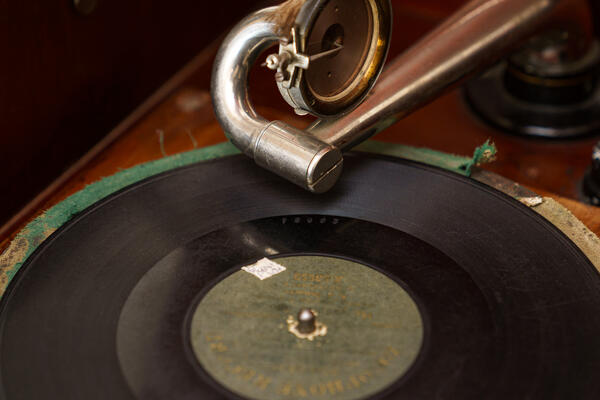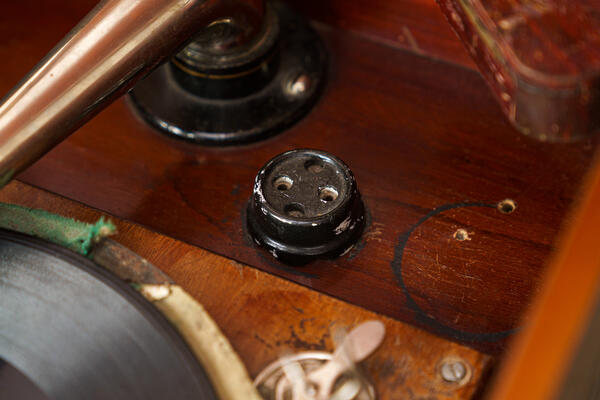The gramophone is a device that records and reproduces sound from a gramophone record. It is a modification of the phonograph, which was independently invented by two people — Charles Cros and Thomas Edison in 1877. The phonograph recorded messages and sounds onto a thin sheet of tinfoil which was wrapped around a cylinder. Unfortunately, the quality of the sound was not satisfactory, and each recording could only be played back once.
Following the inventions of Edison and Cros, Alexander Bell and Charles Tainter developed the graphophone in 1886. This device used wax cylinders on which sound could be recorded and then played back multiple times. However, each cylinder needed to be recorded individually, making mass production of the same melody impossible.
The American inventor, Emile Berliner, after learning about the work of Cros and Bell, utilized discs instead of cylinders for the recording and reproduction of sounds. In 1887, he patented his invention, naming it the gramophone. Various materials, including glass, were used to make the very first discs, however, it was discovered that shellac was the ideal material for record production.
Shellac is a natural form of thermoplastic that is soft and flexible when heated, yet hard and durable at room temperature. Typically, a thin layer of clay or other fillers was added to the shellac “mixture”. Nevertheless, by the 1930s, natural shellac had begun to be substituted by synthetic resins. A circular groove containing audio information was incorporated into the flat discs. At the end of the tonearm of the gramophone, there was a stylus that read the recorded data from the disc and relayed it to the speaker. Berliner’s records were the first mass-produced gramophone records.
In the late 19th and early 20th centuries, a new type of gramophone became available for sale — a cabinet model, or “magic cabinet” with a horn inside. This type of gramophone differed from previous models by its built-in string resonator that reacted to sound waves, increasing their amplitude and frequency range through acoustic resonance. This resulted in increased volume and improved sound quality. Such gramophones offered the highest quality sound and were very expensive at the time, ranging from 270 to 700 rubles.
The old gramophone played a significant role in silent film viewing as it played during film screenings.














